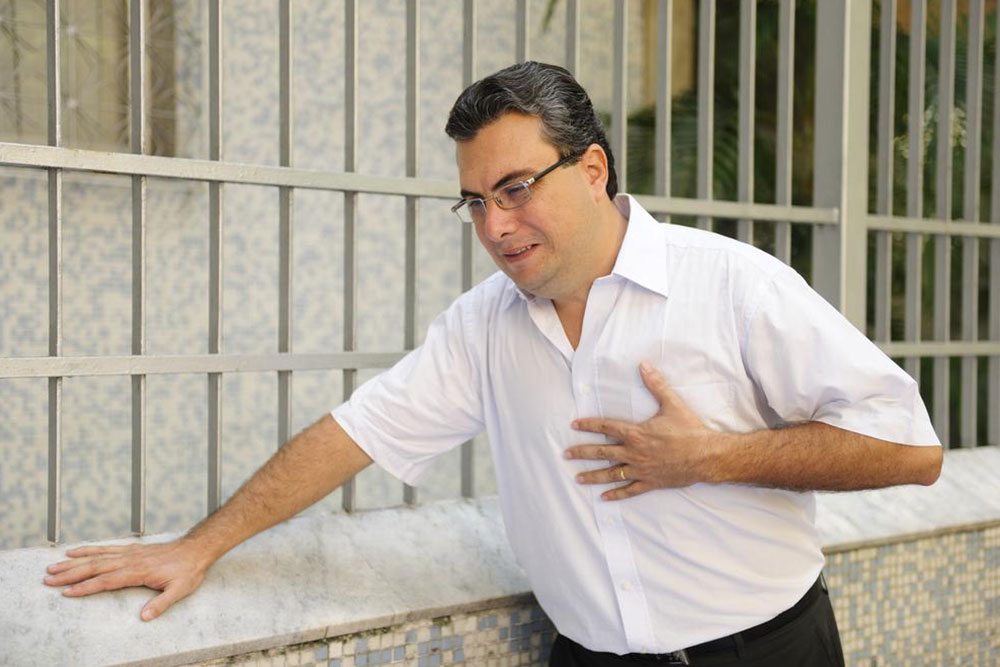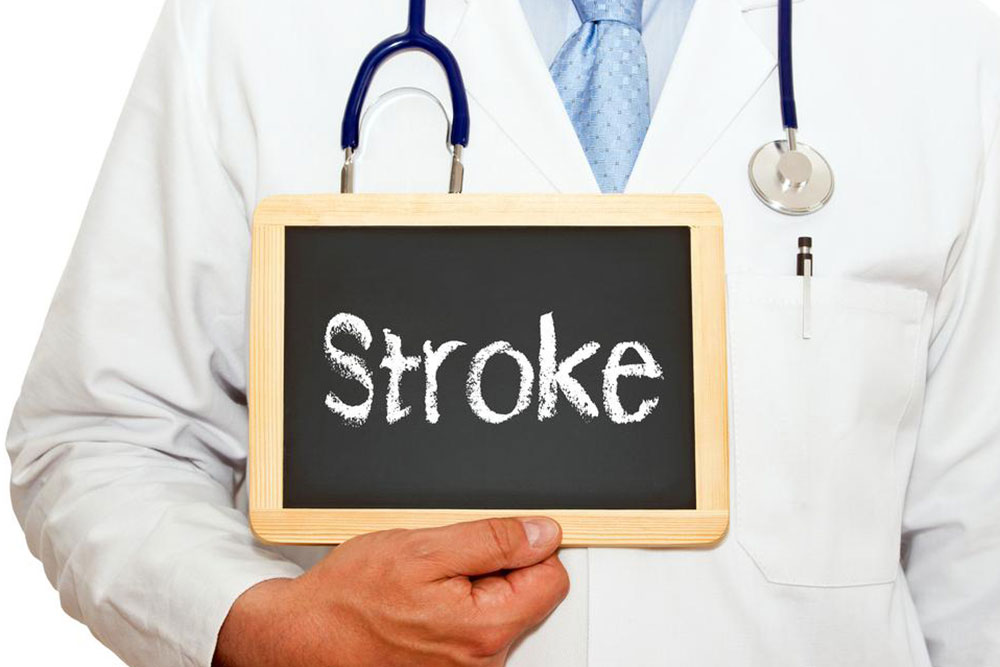Comprehensive Guide to Detecting Early Signs of Stroke and Preventing Serious Health Outcomes
This comprehensive guide emphasizes the importance of recognizing early stroke symptoms, including the use of the F.A.S.T. method, and highlights preventive strategies to reduce risk. Timely medical intervention can save lives and prevent disabilities. Learn how to identify warning signs like facial drooping, arm weakness, speech difficulties, balance issues, and vision changes. Understanding risk factors such as high blood pressure and cholesterol can help you implement lifestyle changes or seek medical treatment to prevent strokes. Acting fast is crucial—know the symptoms, respond promptly, and protect your health from devastating effects.

Identifying the Initial Indicators of Stroke: A Crucial Step Toward Prevention
Understanding the early symptoms of stroke is vital for saving lives and minimizing long-term disabilities. Stroke remains one of the leading causes of death and disability worldwide, ranking as the fifth leading cause of mortality in the United States alone. Early recognition of warning signs can lead to timely medical interventions, which are essential for prognosis. Often, a brief, warning event known as a Transient Ischemic Attack (TIA), commonly referred to as a mini-stroke, occurs prior to a major stroke. Recognizing these early signals allows individuals and caregivers to act swiftly, potentially averting catastrophic health outcomes.
A TIA results from a temporary obstruction of blood flow to the brain, typically lasting less than five minutes, with symptoms that resolve quickly. Despite their transient nature, TIAs are serious warning signs that require immediate medical assessment. Ignoring these symptoms can lead to a full-blown stroke, which might result in permanent disability or death. Therefore, awareness and prompt response are paramount.
In order to effectively identify stroke warning signs, the widely used F.A.S.T. mnemonic offers invaluable guidance. This simple acronym helps people recall the critical symptoms that require immediate medical attention:
F – Face: Watch for drooping or weakness on one side of the face. A common sign is an uneven smile or facial droop.
A – Arms: Observe whether one arm feels weak or numb. Inability to lift both arms equally or sudden arm weakness suggests neuronal impairment.
S – Speech: Slurred speech or difficulty speaking clearly are red flags. The person may be unable to find the right words or have difficulty understanding speech.
T – Time: If any of these signs are present, emergency services should be contacted immediately. Time is crucial in stroke intervention, reducing the likelihood of severe damage.
Additional warning signs to be aware of include:
B – Balance: Sudden loss of coordination, dizziness, or unsteady gait indicate neurological impairment.
E – Eyes: Sudden vision changes such as blurred vision, double vision, or temporary blindness in one eye are serious symptoms.
It’s vital to recognize that symptoms of a stroke or TIA can sometimes resolve within minutes, especially in TIAs. However, this does not diminish their severity or the need for urgent medical evaluation. Many strokes occur after a warning TIA, making prevention and early diagnosis crucial. Timely intervention with imaging tests—such as CT scans and MRIs—helps differentiate between a TIA and an impending stroke, guiding appropriate treatment. Additional diagnostic tools like ultrasounds and electrocardiograms (ECGs) further aid in identifying underlying causes such as blood clots or arrhythmias.
Understanding the risk factors associated with strokes is essential for prevention. These include hypertension (high blood pressure), hypercholesterolemia (high cholesterol), diabetes, obesity, smoking, excessive alcohol intake, and sedentary lifestyles. Age is a significant risk factor, with those over 55 being more vulnerable. However, individuals of any age with these risk factors should be vigilant. Addressing modifiable risks through medication and lifestyle changes can profoundly reduce the chances of a debilitating stroke.
Preventive strategies involve meticulous management of blood pressure, cholesterol, and blood sugar levels, adopting a healthier diet low in sodium and saturated fats, regular physical activity, smoking cessation, and stress reduction. Doctors may prescribe medications such as antihypertensives, antiplatelet agents, or anticoagulants to reduce stroke risk. Education about recognizing early warning signs and acting swiftly is equally important, empowering individuals to respond quickly when symptoms arise.
In conclusion, early recognition of stroke symptoms is a life-saving skill. Remember the F.A.S.T. principle, stay vigilant, and seek immediate medical help if symptoms appear. Early diagnosis and intervention can significantly improve outcomes, reduce disability, and save lives. Knowledge about stroke signs and preventive measures can transform health awareness into life-protecting action. Don’t wait—act fast, and help prevent a major health crisis from escalating.





